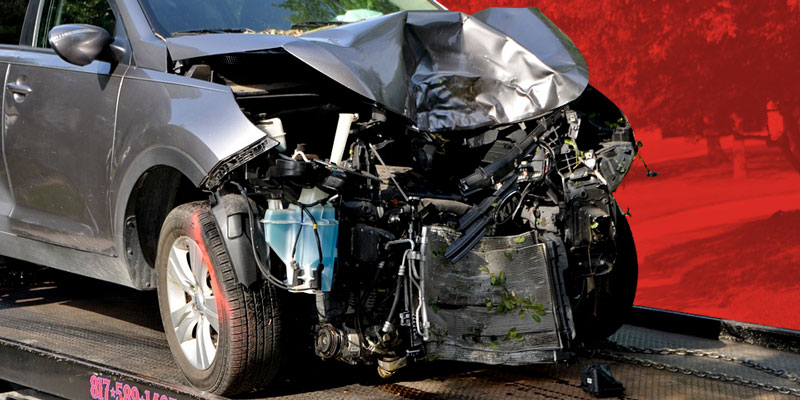Highway fatalities have increased from under 33,000 in 2014 to 37,461 in 2016, before declining slightly in 2017. Many have speculated whether drivers distracted by smartphones have caused this increase. Before further restricting driving, we should examine the problem.
The recent increase in fatalities is unsettling because driving has become safer over time. Fifty years ago, over 50,000 Americans died annually on the highways; the worst year was 1972 with 54,589 deaths, according to the National Highway Traffic Safety Administration (NHTSA). Vehicle miles driven have increased dramatically as the death toll has fallen. Indeed, fatalities per mile driven have fallen by 80 percent since 1966. If we still had 1966’s fatality rate with today’s 3.2 trillion miles driven, we would have had 176,000 highway deaths in 2017.
Has driving truly become more deadly since 2014? The increase in fatalities might seem to answer this in the affirmative, but real world data never lies exactly on a smooth curve. Could the recent increases in fatalities just be random variation?
The two largest year-to-year percentage increases in highway fatalities were in 2015 and 2016, a total 14 percent increase. And yet multi-year fatality increases have occurred since 1966, including four consecutive years in the late 1970s and five consecutive years in the 1990s. The 1970’s fatalities increase was 15 percent. The recent increase in fatalities is not entirely unprecedented.
Thankfully, a very small percentage of accidents produce fatalities. If roads are more dangerous, we should also see increases in injuries and accidents. NHTSA injury totals go back only to 1988 and are much less accurate than fatalities data. Still, reported injuries increased 34 percent, or 800,000, between 2014 and 2016, including a 28 percent increase in 2016. The largest previous one-year increase in injuries was only 6.5 percent. Reliable nationwide totals on accidents are not available.
Not all states have seen fatality increases. In Alabama fatalities rose 26 percent between 2014 and 2016. Rhode Island had a 63 percent increase in fatalities, and eight other states saw increases of 30 percent or more. Yet fatalities declined in three states and increased less than 5 percent in four more. Are cell phones more distracting in some states than others?
Substantial differences in fatality rates exist across states. Between 2014 and 2017, South Carolina’s rate was more than two and a half times higher than Massachusetts’. Factors like rural vs. urban driving, highway type, and speed limits explain much of this variation, but making driving in all states as safe as in the safest states could save thousands of lives annually.
The NHTSA also reports fatalities by vehicle type, which have increased by 12 and 13 percent for cars and light trucks. Motorcyclists and bicyclists (15 percent each) and pedestrians (22 percent) saw larger increases, even though drivers of cars and trucks seem more likely to be distracted by cell phones. The fatality increases for cyclists and pedestrians suggest another cause, or may combine drivers’ distractions and these individuals’ vulnerability.
Cell phone use and texting have been around longer than we perhaps remember; Washington state banned texting and driving in 2007. According to NHTSA statistics, drivers’ cell phone use has fallen over the past decade, and fatalities fell 20 percent nationally between 2007 and 2014. New phones provide more ways to distract drivers, but why did cell phones start increasing fatalities only in 2015?
Many scholars from different disciplines study highway safety, including yours truly. To date, published research has not really addressed the recent jump in fatalities. World events drive academic research, so research should soon start offering concrete insights.
Highway fatalities continue to impose a heavy toll on the U.S. Even though the fatality rate has fallen 80 percent since 1966, the modest increase in fatalities since 2014 should concern citizens and experts. Fortunately, fatalities fell three percent during the first half of 2018. Perhaps the increase from 2014 to 2016 was only a pause in the long-term improvement in highway safety.
Daniel Sutter is the Charles G. Koch Professor of Economics with the Manuel H. Johnson Center for Political Economy at Troy University.











